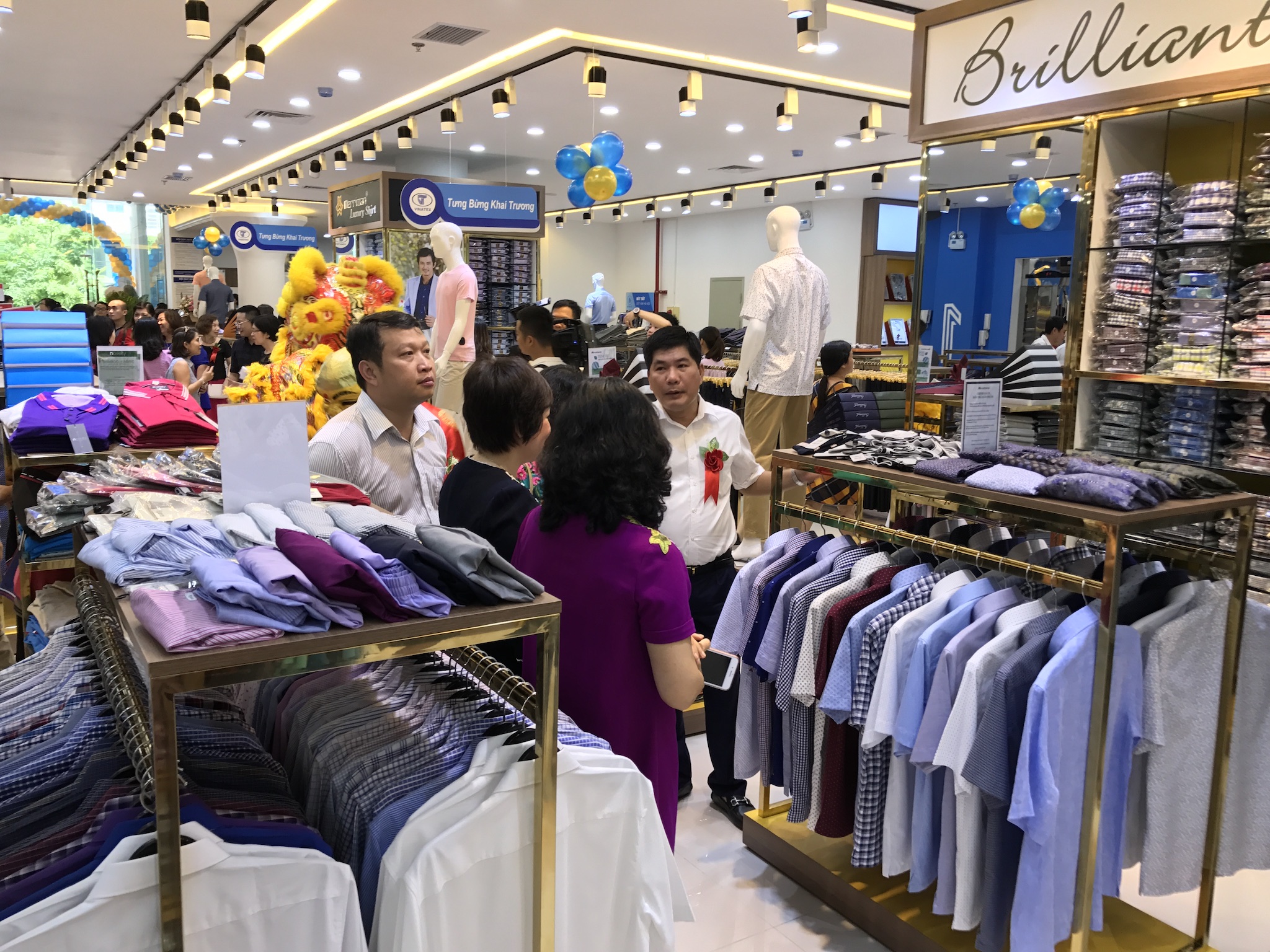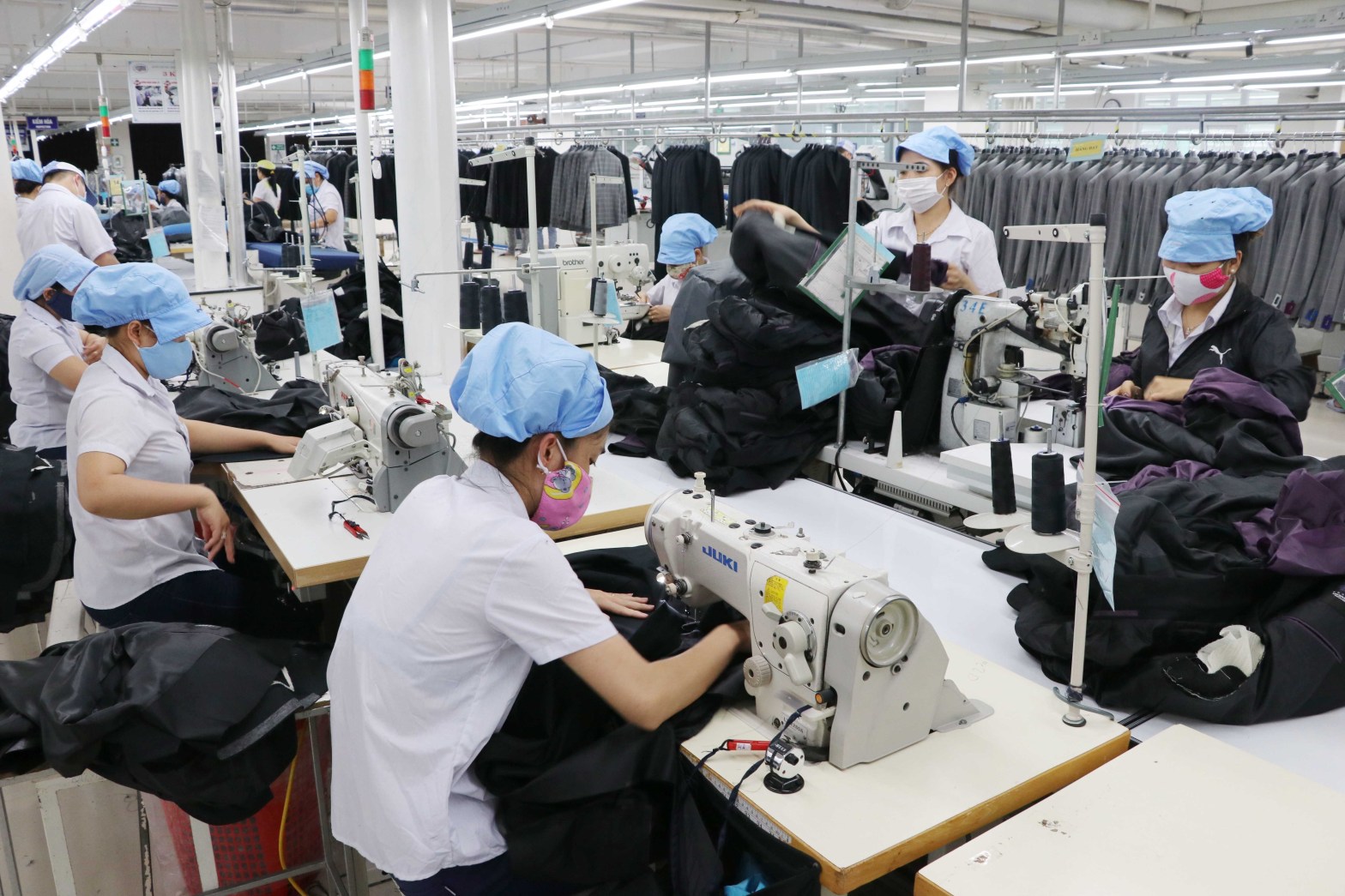Hanoi (VNA) – As one of the world’s largest apparel producers and exporters, Vietnam has seen considerable strides in its textile and garment industry.
Notably, the Comprehensive and Progressive Agreement for Trans-Pacific Partnership (CPTPP) is expected to open up many opportunities for the sector.
As an industry insider, Managing Director of the Vietnam National Textile and Garment Group (Vinatex) Cao Huu Hieu talked with VietnamPlus about the sector’s contributions to the national economy.
CPTPP helps to diversify markets

– With new opportunities from the CPTPP, how much growth do you forecast for the industry?
Mr Cao Huu Hieu: In the first nine months of 2018, the sector grew by more than 16 percent, which was an impressive figure.
Without the US’s participation in the CPTPP, the market scale will not be big as expected. Vietnam’s textile industry will certainly thrive thanks to the deal, but not at breakthrough level for sure.
If China joins the CPTPP, not only Vietnam but member countries will also face intense competition.
If China joins the playing field, Vietnam will have a new game and its apparel firms will definitely face challenges.
– There have been rumours that China plans to join the CPTPP. Have domestic firms made preparations for this?
Mr Cao Huu Hieu: China is a major rival for other member nations because its apparel export volume and popularity beat others. It can manufacture most products in the field, from apparel to fibre and textiles.
If China joins the playing field, Vietnam will have a new game and its apparel firms will definitely face challenges.
– What advantages will the Vietnamese textile and garment sector enjoy from the European Union – Vietnam Free Trade Agreement (EVFTA)?
Mr Cao Huu Hieu: The European Union is Vietnam’s second largest apparel market, only behind the US with an annual growth rate of 7-10 percent. Upon entry to the deal, the Vietnamese apparel will enjoy a lot of incentives from tax reduction so this market will grow further.

In the Republic of Korea for example, the Vietnam – Korea Free Trade Agreement helped boost the growth of Vietnamese textile products by more than 20 percent. With such pace, Vietnam could surpass China in the market, considering the current respective market share of 34.46 percent and 36.45 percent.
I hope that after the EVFTA takes effect, Vietnamese firms would tap opportunities from the deal to conquer the EU market, particularly if China joins the CPTPP.
No matter how modern technology is, human is indispensable, which is a very crucial point
Industry 4.0 needs workforce 4.0

– Turning to labour productivity, many textile companies have invested in modern technology and machinery. How do firms maximise their human resources?
Mr Cao Huu Hieu: We still believe that no matter how far modern technology and equipment advance, humans are indispensable and play a crucial factor.
Apart from management staff, a company needs technicians to run the machinery system.
Fully aware of the importance of workforce training, Vinatex submitted a proposal to the government to upgrade the Hanoi Industrial College for Textile Garment and Fashion into a university, which was accepted.

Most graduates have been employed after their final academic year. Vinatex also asked the university to train students with a mindset adaptable to the Fourth Industrial Revolution.
Short training sessions are also held regularly to get workers and managers acquainted with modern equipment.
The group considers Industry 4.0 an inevitable trend that forces firms to join the game.
– Many experts are concerned about the Fourth Industrial Revolution’s impacts on manual workers in the sector. What is Vinatex doing to improve labour output and ensure social welfare?
Mr Cao Huu Hieu: In line with the Vietnamese textile development policy approved by the Prime Minister and the Ministry of Industry and Trade, Vinatex has led the way in moving its plants to remote and mountainous areas.
Few State-owned enterprises ensure welfare for workers like Vinatex. We have plants in the most remote areas in Bac Lieu, Kien Giang, Can Tho, and Son Dong district in the northern province of Bac Giang in accordance with the government’s Resolution No.30A.

When investing in advanced technology and equipment, a part of the workforce will be made redundant. Therefore, the government, ministries and agencies need to offer vocational training to manual workers.
In units that have workforces replaced by automation, we will retrain and put them in more suitable positions, as well as offer training in new fields to continue generating jobs for workers.
– Thank you! -VNA
